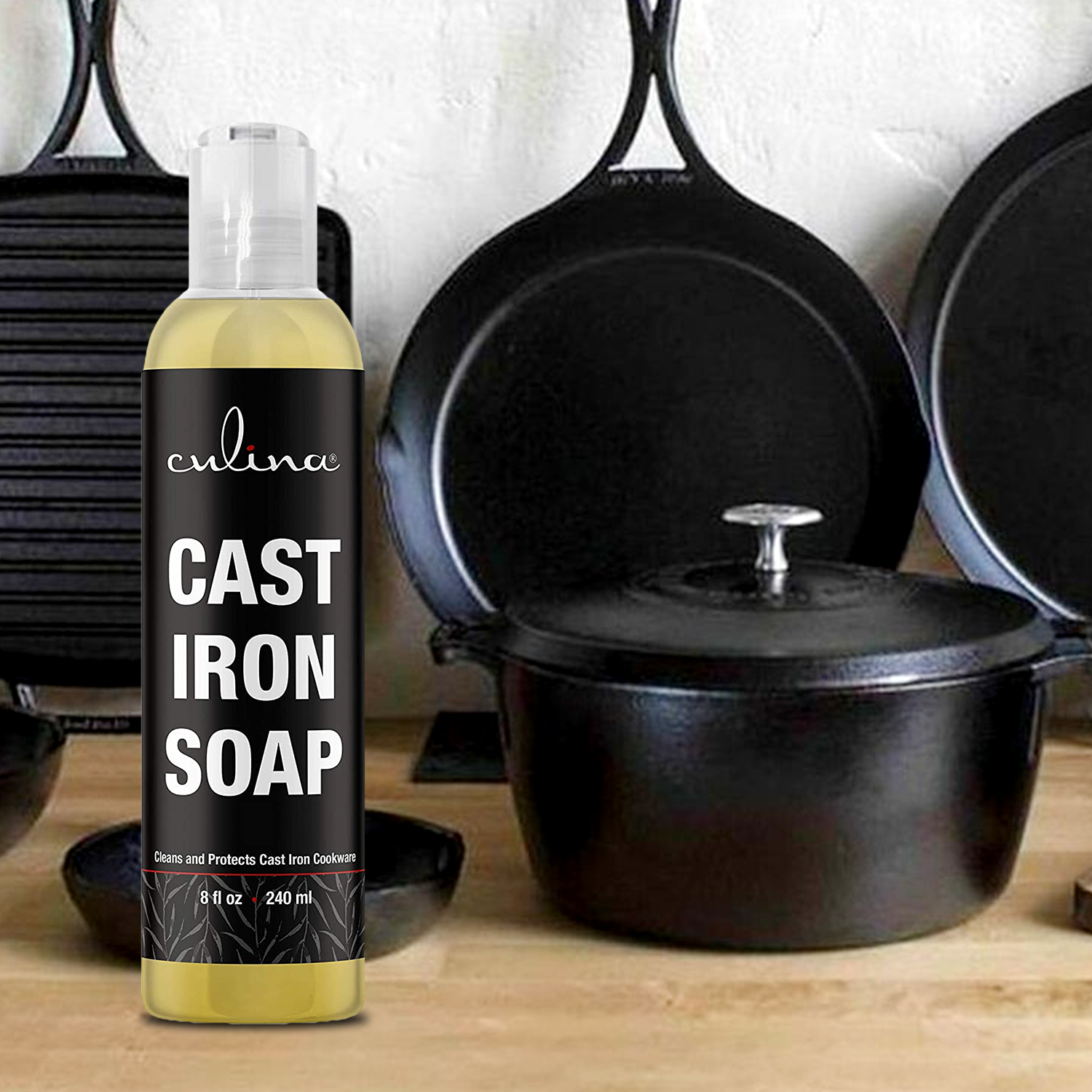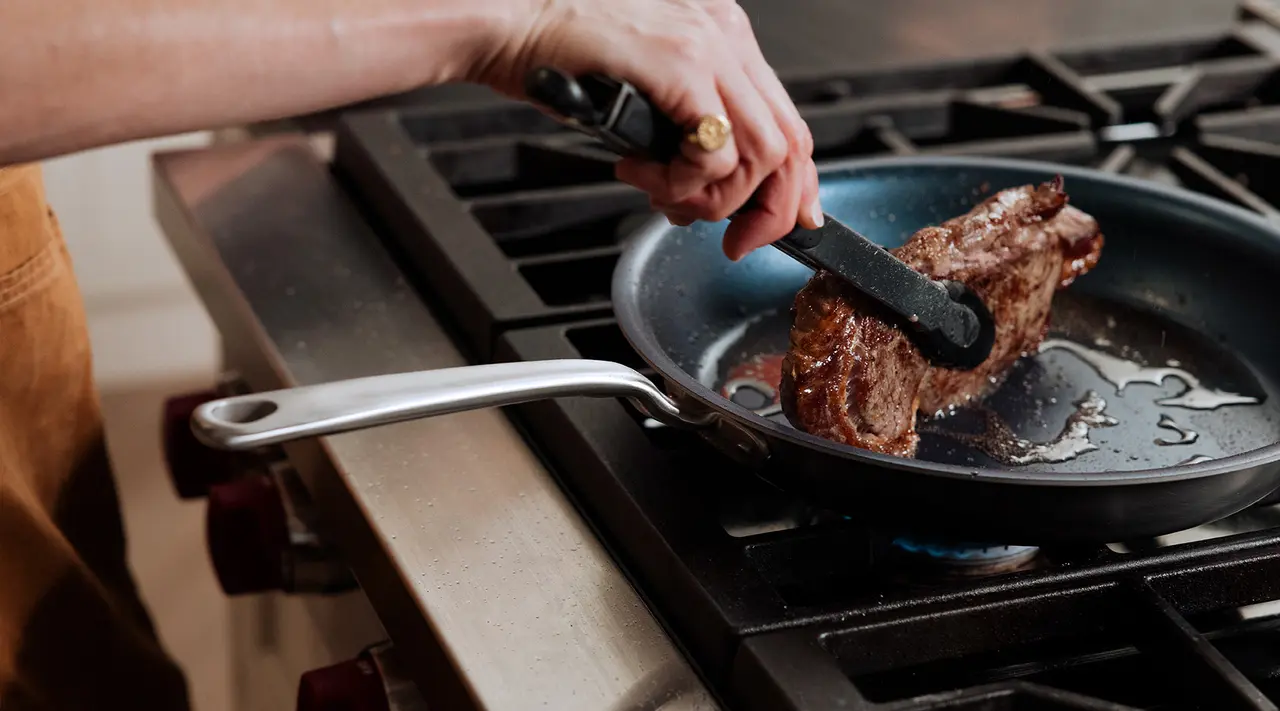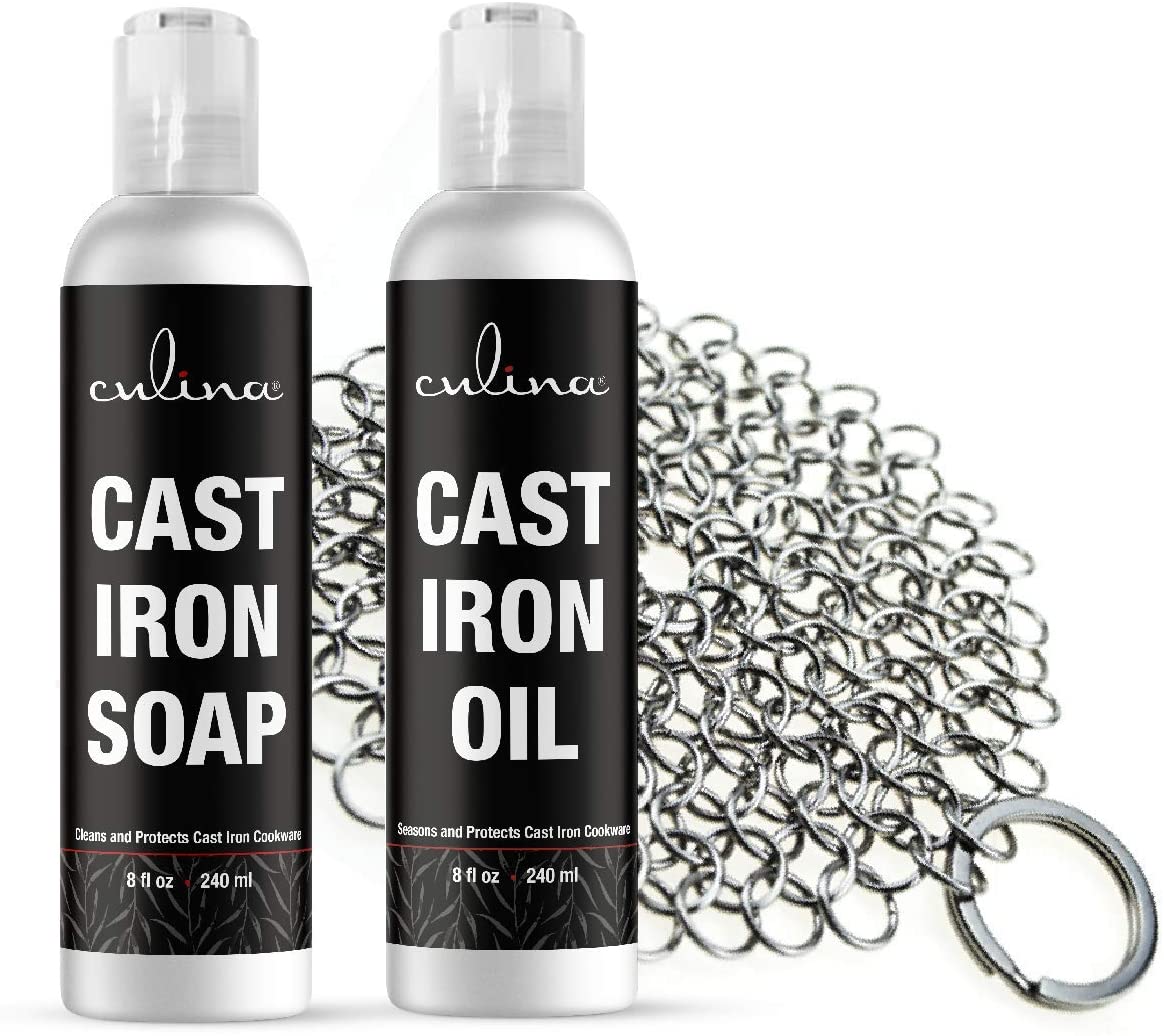Understanding how to measure the depth of a skillet is essential for both amateur cooks and kitchen professionals. This article aims to guide you through the process with clear, step-by-step instructions and useful tips. We’ll also introduce some approved technologies to make the task simpler.

Why Measuring Skillet Depth Matters
Knowing the depth of your skillet is crucial for a variety of reasons. It helps you determine the appropriate amount of ingredients, ensures even cooking, and prevents overflows. Let’s delve into the key reasons why this measurement is so important.
Even Cooking
A deeper skillet can hold more ingredients, but it also requires more heat to ensure everything is cooked evenly. By knowing the depth, you can adjust your cooking techniques accordingly.
Portion Control
For those who are conscious about portion sizes, understanding your skillet’s depth can help you measure ingredients more accurately.

Tools Needed for Measuring Skillet Depth
Before you begin, you’ll need a few basic tools:
- Ruler or Tape Measure: These are essential for getting an accurate measurement.
- Flat Surface: Ensure the skillet is on a flat surface for precise measurement.
- Caliper (Optional): This can offer a more accurate reading for those who are meticulous.

Step-by-Step Guide to Measuring Skillet Depth
Follow these steps to measure the depth of your skillet accurately:
Placing the Skillet
Start by placing the skillet on a flat, even surface. This ensures that your measurements will be accurate.
Using a Ruler or Tape Measure
Take your ruler or tape measure and place it vertically inside the skillet. Ensure the measuring tool touches the bottom of the skillet.
Reading the Measurement
Read the measurement at the highest point of the skillets rim. This gives you the exact depth.
Technological Tools for Measuring Skillet Depth
If you prefer a more advanced approach, various technologies can help:
Digital Calipers
Digital calipers offer precise measurements and are easy to use. Simply extend the calipers jaws to measure the depth.
Laser Measuring Tools
Laser measuring tools provide accurate, contactless readings, making them ideal for high-tech kitchens.
Common Mistakes to Avoid
Even with the right tools, mistakes can happen. Here are some common errors to avoid:
Not Using a Flat Surface
An uneven surface can skew your measurements. Always ensure the skillet is level.
Ignoring Skillet Variations
Some skillets have sloped sides. Measure from the deepest point to get an accurate reading.
Practical Applications of Skillet Depth Measurements
Understanding your skillets depth can significantly improve your cooking. Here are some practical applications:
Baking
When baking in a skillet, knowing the depth helps in determining the right amount of batter.
Frying
For frying, a deeper skillet reduces the risk of oil splatters and ensures even cooking.
Additional Tips for Skillet Maintenance
Maintaining your skillet is as important as understanding its measurements. Here are some tips:
Cleaning
Regular cleaning prevents build-up that can affect measurements. Clean it thoroughly after each use.
Seasoning
Proper seasoning extends the life of your skillet. Learn how to season it here.
FAQ
How do I ensure accurate measurements?
Use a flat surface and a reliable measuring tool.
Can I use a digital caliper?
Yes, digital calipers provide precise measurements.
Why is skillet depth important?
It ensures even cooking and proper portion control.
As an Amazon Associate, I earn from qualifying purchases.
For more kitchen tips and recipes, visit Delish.
